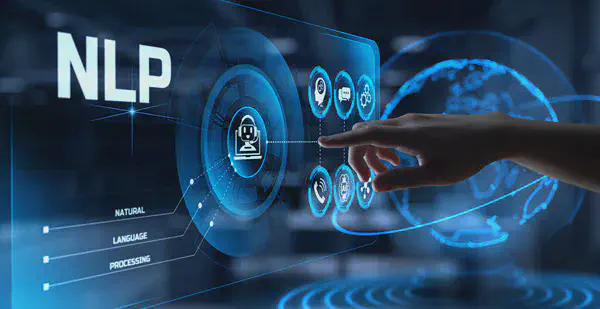Video Transcription, Summarization, and Content Analysis

In this project, I will be working on a Python-based project that focuses on analyzing YouTube videos. This comprehensive project involves various essential aspects such as transcribing, summarizing, and analyzing the content.
Transcription: In the transcription phase, I am implementing automated tools to convert the spoken content of YouTube videos into written text. This allows for a detailed and accurate representation of the video’s dialogue or narration.
Summarization: The summarization component involves the extraction of essential information from the transcribed text. Using advanced techniques, I aim to provide concise and coherent summaries of the video’s content, making it more accessible and digestible for viewers.
Content Analysis: Beyond transcription and summarization, my project delves into comprehensive content analysis. This includes examining various aspects such as sensitivity, topics, sentiment, and entities discussed within the video.
Sensitivity Analysis: I am working on tools to assess the sensitivity of the video’s content, highlighting potentially controversial or sensitive subjects.
Topic Analysis: The project identifies and categorizes the main topics and themes covered in the video, allowing for a deeper understanding of its subject matter.
Sentiment Analysis: Through sentiment analysis, I aim to determine the emotional tone and sentiment expressed in the video, whether it’s positive, negative, neutral, or a blend of these.
Entity Analysis: This component identifies and analyzes specific individuals, organizations, locations, or noteworthy subjects mentioned in the video, providing insights into key figures or entities related to the content.
By combining these elements, my project aims to enhance the accessibility and comprehension of YouTube videos, offering valuable insights and summaries to viewers.
The following is the list of the tools and libraries commonly used for the tasks of YouTube video transcription, summarization, and content analysis in Python:
pytube: Pytube is a Python library for downloading YouTube videos. It allows you to fetch video data, including audio streams, which can be used for transcription.
AssemblyAI: AssemblyAI is an API service that provides automatic speech recognition (ASR) for transcribing audio content, including YouTube video audio. It offers accurate transcription results and supports various languages.
Google Cloud Speech-to-Text: Google’s Speech-to-Text API can be used for transcribing audio content from YouTube videos. It’s a cloud-based service that offers robust speech recognition capabilities.
Natural Language Toolkit (NLTK): NLTK is a powerful library for natural language processing in Python. It can be used to implement extractive text summarization techniques to generate concise summaries from transcribed text.
Gensim: Gensim is another Python library that provides tools for topic modeling and text summarization. It’s suitable for abstractive summarization approaches as well.
SpaCy: SpaCy is a popular library for natural language processing tasks, including entity recognition. It can help identify and classify entities (e.g., people, organizations, locations) mentioned in the text.
I am leveraging the combination of pytube and AssemblyAI to create this YouTube video analysis web in Python.
This project takes a YouTube video link as input and performs the content analysis. The project’s results are presented on a website built with Streamlit, making it easy to access and explore the insights derived from the video’s content.
Take a moment to explore this Streamlit web application and discover the insights it provides from the YouTube videos you input. Simply click the link below to get started!